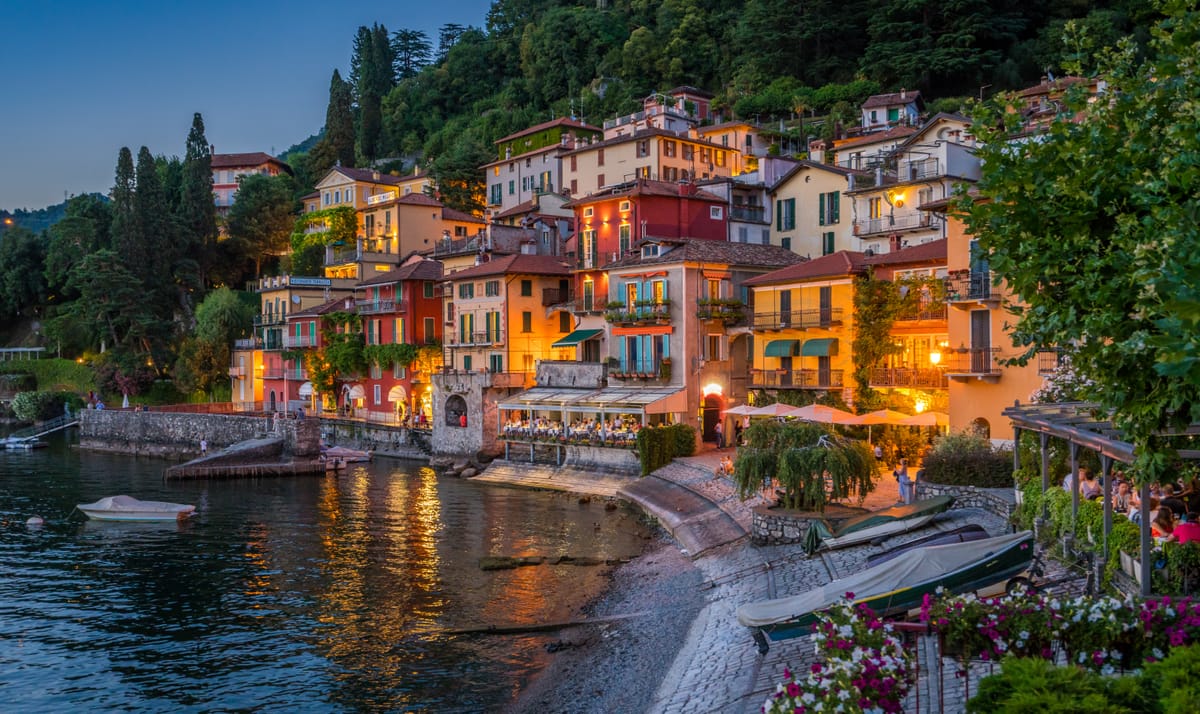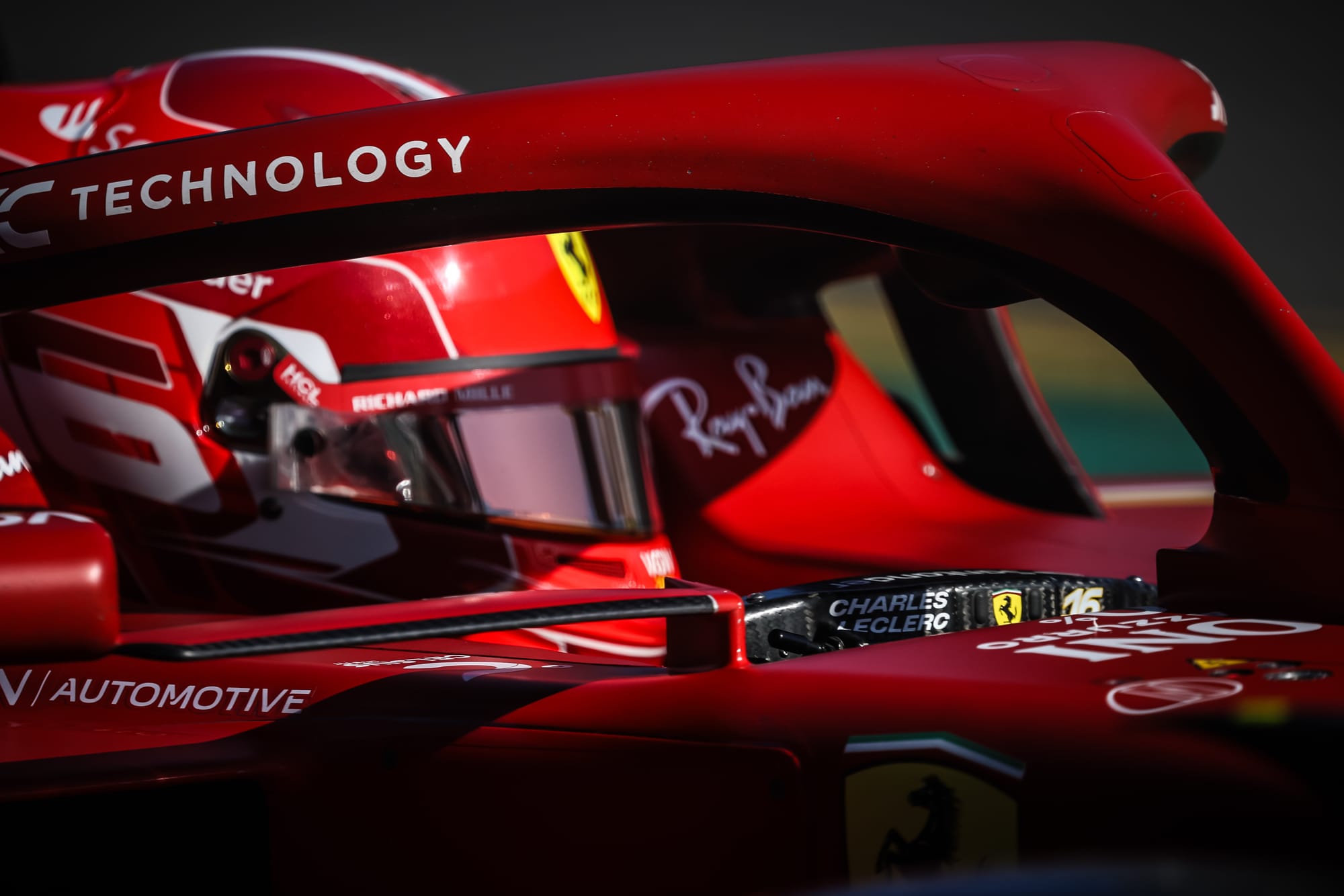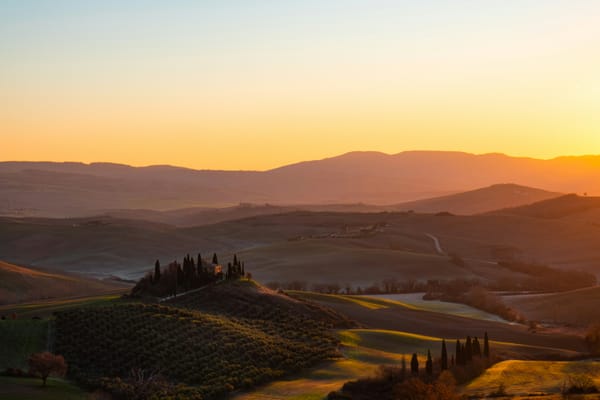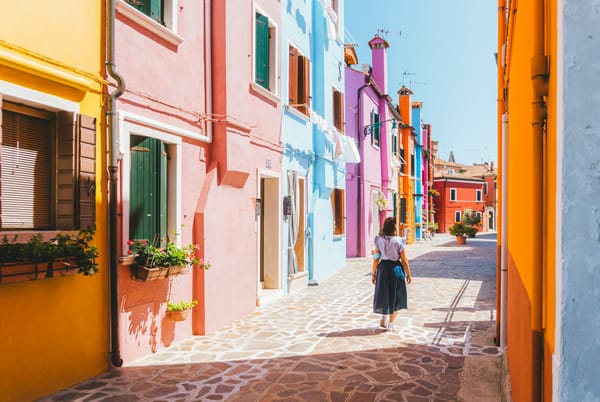In the world of motorsport, there are races, and then there is Monza. Nestled within the lush grounds of the Parco di Monza, just north of Milan, the Autodromo Nazionale Monza is more than a racetrack; it is a living, breathing cathedral of speed, a place of pilgrimage for motorsport aficionados, and the spiritual home of Italy’s most fervent passion: Scuderia Ferrari.
For the visitor, the Formula 1 Gran Premio d'Italia, held here every September, offers a spectacle unlike any other. It’s an immersion into a world where history, technology, and a quasi-religious devotion to racing converge. This is not merely a sporting event; it's a profound cultural experience, a window into the heart of Italian identity.
This guide provides a comprehensive exploration of its history, traditions, and what makes the Monza weekend an essential Italian experience.
In this article:
The soul of the Italian Grand Prix: what makes Monza unique
To understand the Monza Grand Prix is to understand the tifosi. This Italian word, which literally translates to "those infected with typhus," is used to describe the legion of fiercely passionate fans who define the F1 race weekend. At Monza, their allegiance is almost singular: the scarlet red of Ferrari. The Autodromo becomes a sea of red flags, banners, and apparel, a vibrant testament to a national love affair that has spanned generations.
The atmosphere is electric, a symphony of roaring engines and the roar of the crowd. Unlike the more corporate feel of some modern circuits, Monza retains a raw, untamed character. The passion is palpable, visceral. The cheers for a Ferrari pole position and the collective groan at a rival’s success are felt with a physical intensity. Attending the Italian Grand Prix at Monza is not about passive observation; it's about being swept up in a powerful, collective emotion, a nation's heart worn on its sleeve through the drama of Formula 1.
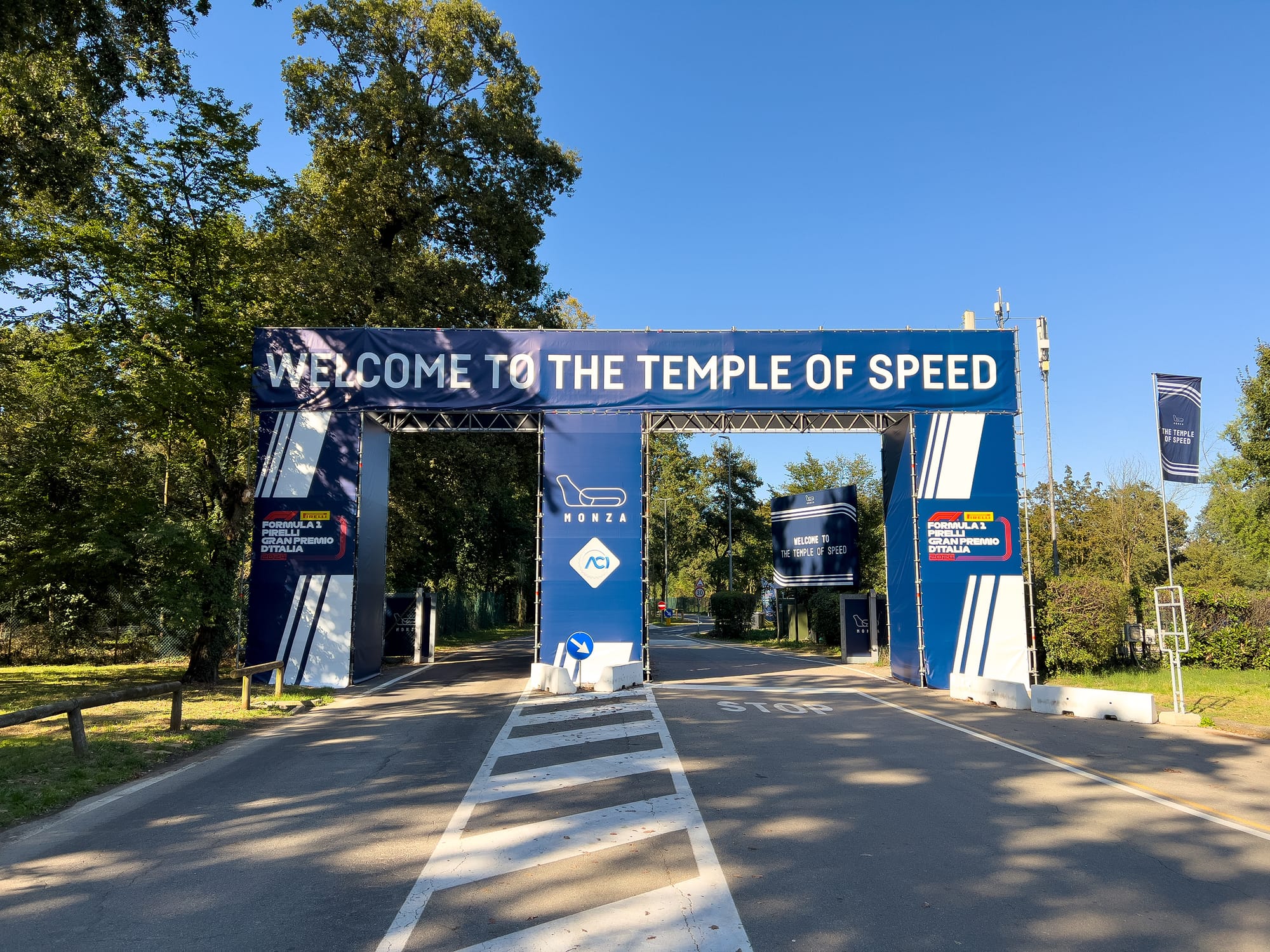
The history of Monza: a century of speed and evolution
Monza's legacy is not just long; it is foundational to the very sport of motor racing. To walk its grounds is to tread in the footsteps of giants, on a stage that has defined and redefined motorsport for over a century. Its story is one of audacious ambition, breathtaking speed, heartbreaking tragedy, and constant evolution.
1922: the birth of the "Temple of Speed"
The circuit's genesis dates back to the dawn of the automotive age. In early 1922, the Automobile Club of Milan sought a permanent, world-class venue to host the Italian Grand Prix and provide a testing ground for the burgeoning Italian car industry. In a remarkable display of national pride and engineering prowess, the entire circuit was constructed within the Royal Park in a mere 110 days. When it opened its doors on September 3, 1922, it was only the third permanent autodrome in the world, a bold statement of Italy's place at the forefront of motorsport. The original, visionary design featured a 5.5 km road course combined with a 4.5 km high-speed oval, or pista di alta velocità. The iconic sopraelevata banking, a monument to a braver, more perilous era of racing, still stands today, looming over parts of the modern track like a concrete ghost.
The high banks and the perilous era of pure speed
After suffering damage during World War II, the circuit was entirely rebuilt. The banking was made even more formidable, setting the stage for unique events like the "Race of Two Worlds" in the late 1950s, which pitted American IndyCars against Europe's Formula 1 machines. However, the extreme speeds proved increasingly dangerous. The track's darkest day came in 1961, when driver Wolfgang von Trips’ Ferrari became airborne and crashed into the crowd, killing the German driver and 15 spectators. This tragedy effectively ended the use of the high-speed oval for Formula 1, marking a pivotal moment in the sport's journey towards safety.
Tragedy and change: the addition of chicanes
Yet, even without the banking, Monza remained terrifyingly fast. The long, uninterrupted straights pushed speeds to their absolute limits. Further tragedies, such as the fatal accidents of Jochen Rindt during practice in 1970 (making him F1's only posthumous World Champion) and Ronnie Peterson at the start of the 1978 race, forced the circuit to adapt. To rein in the ever-increasing speeds, chicanes were introduced: the Variante del Rettifilo in 1972, followed by the Variante della Roggia and the Variante Ascari. These additions fundamentally altered Monza's character, transforming it from a pure power track into a complex challenge of braking and technical precision.
A constant icon on the Formula 1 calendar
Every era of Formula 1 has left its mark here. Monza has witnessed the triumphs of legends from Ascari and Fangio to Stewart and Clark, and the emotional Ferrari victories of champions like Lauda and Scheckter. For the modern tifosi, it is most associated with the dynasty of Michael Schumacher, whose five victories here cemented his legendary status. With the exception of 1980, Monza has been an unwavering presence on the Formula 1 calendar since the championship's inception in 1950—a claim no other circuit can make. This unbroken thread of history is what makes it hallowed ground.
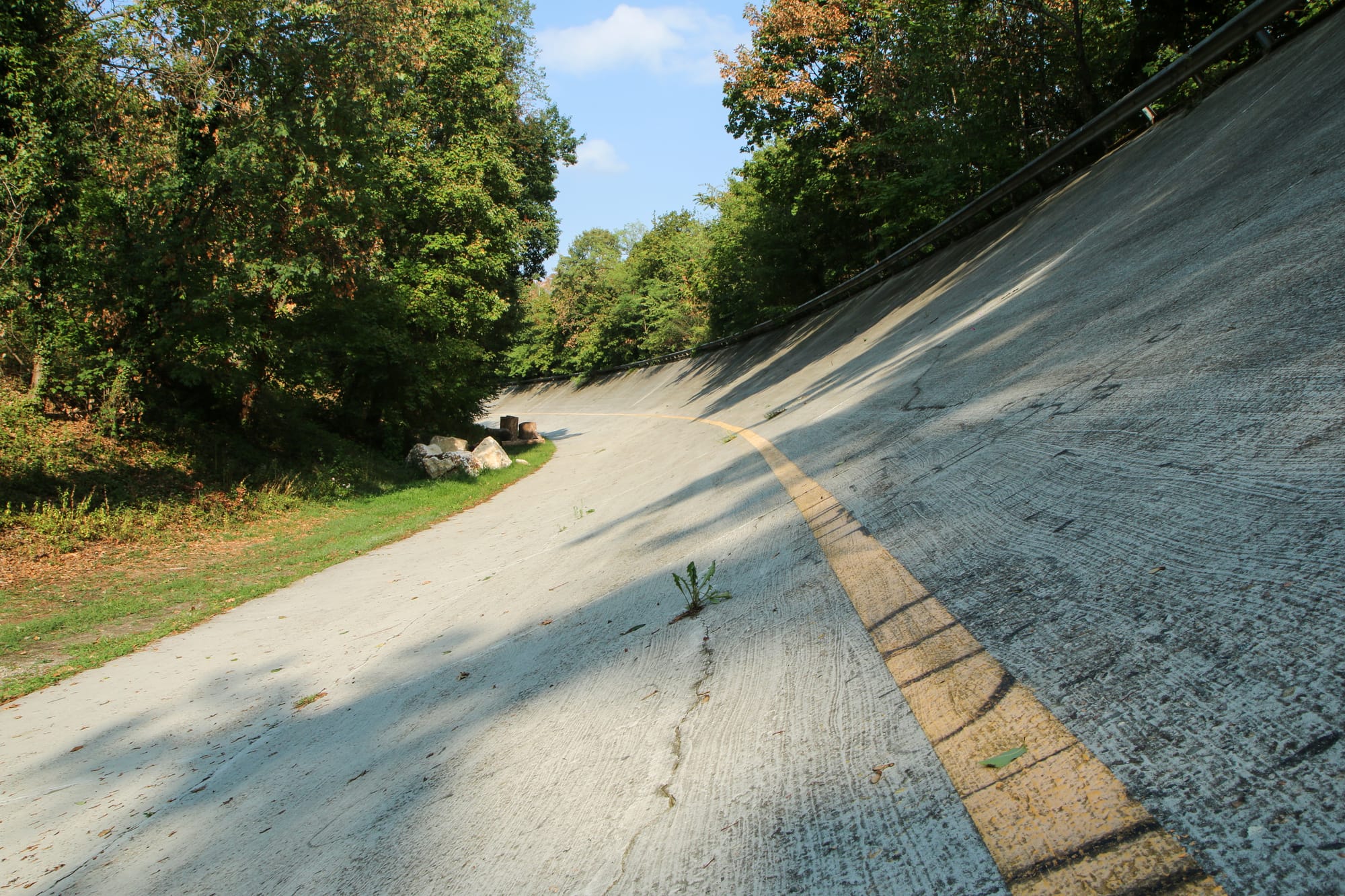
Monza circuit guide: a corner-by-corner track layout
The Monza circuit layout is deceptively simple: a series of long straights punctuated by tight chicanes and fast, sweeping curves. This unique design is what earns it the revered title, "The Temple of Speed." With cars reaching the highest top speeds of the entire F1 season, teams must run a unique low-downforce setup, making the cars notoriously difficult to handle. Understanding this layout is key to appreciating the action at the 2025 Italian Grand Prix.
A lap of Monza is a breathtaking exercise in commitment and precision.
Main Straight (Rettifilo Tribune)
The main straight at Monza is one of the longest in F1. As cars cross the start-finish line, they reach speeds in excess of 350 km/h (217 mph) before braking incredibly hard for the first chicane, making it a prime overtaking opportunity.
Turns 1-2: Variante del Rettifilo
This tight right-left chicane is a critical overtaking spot on the opening lap and a scene of frequent drama. The Variante del Rettifilo demands precision; a good exit is vital for the run down to the next sequence.
Turn 3: Curva Grande (Curva Biassono)
Following the first chicane, drivers accelerate into the Curva Grande, a long, blisteringly fast right-hand corner that is taken nearly flat-out. It requires immense bravery and a car with excellent stability at high speed.
Turns 4-5: Variante della Roggia
The second chicane on the circuit, the Variante della Roggia, is another heavy braking zone. Drivers must ride the curbs aggressively to maintain momentum for the long straight that follows.
Turns 6-7: The Lesmo Curves
The two Curve di Lesmo are two of the most challenging corners on the track. Lesmo 1 (Turn 6) is a fast right-hander, but Lesmo 2 (Turn 7) is tighter and more difficult, with a tricky exit that can easily catch a driver out and ruin their lap.
Turns 8, 9, 10: Variante Ascari
Named after the legendary Italian champion Alberto Ascari, the Variante Ascari is a magnificent, high-speed chicane. The cars flick left, then right, then left again in a fluid, rhythmic dance that is spectacular to watch and a true test of a car's agility.
Turn 11: Curva Alboreto (Parabolica)
The final, iconic corner is the Curva Alboreto. For generations of fans, it will always be known as the Parabolica. It is a long, sweeping 180-degree right-hander that opens onto the main straight. The entry is fast, and the car's trajectory is crucial for carrying maximum speed onto the Rettifilo. It was officially renamed in 2021 in honor of Italian driver Michele Alboreto.
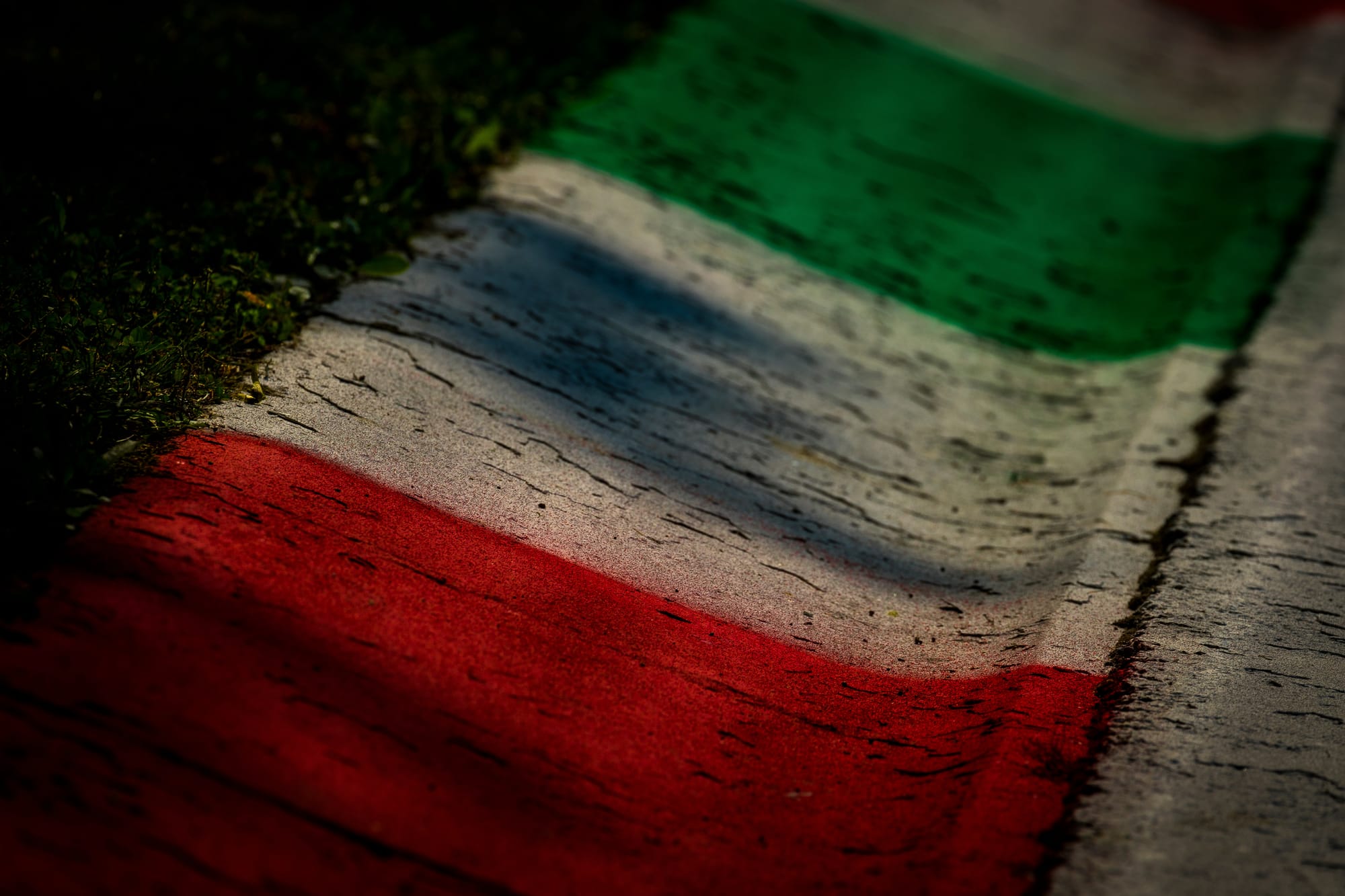
Your essential guide to the 2025 Italian Grand Prix weekend
Attending the Grand Prix at Monza is an unforgettable experience. To make the most of it, it's crucial to understand the rhythm of the weekend, where to watch from, and the traditions that make this event unique. Here is your complete guide to the 2025 F1 weekend at Monza.
F1 Monza: the complete 2025 race weekend schedule
For the meticulous planner, here is a breakdown of what to expect each day at the Autodromo. While specific timings can vary slightly, this is the essential schedule for the 2025 Italian Grand Prix.
- Thursday: Preparation and Pit Lane Walk Often called Preview Day, this is a more relaxed day reserved for driver media activities. For certain ticket holders, it includes the highly anticipated pit lane walk, offering a chance to see the cars and team garages up close before the action begins.
- Friday: Practice Sessions The track action begins with two Free Practice sessions (FP1 and FP2). This is a perfect day for exploring different vantage points around the circuit and seeing the cars on track for the first time.
- Saturday: Qualifying Day After a final Free Practice session (FP3) in the morning, the afternoon is dedicated to the high-stakes Qualifying session. This determines the starting grid for Sunday's race as drivers push their cars to the absolute limit for the fastest lap time.
- Sunday: The 2025 Italian Grand Prix Race Day The main event. The morning features support races, building anticipation for the main race. Don't miss the pre-race ceremonies, including the drivers' parade and the rousing rendition of the Italian national anthem, often accompanied by a flyover from the Frecce Tricolori aerobatic team. The race itself is the climax of the weekend's drama.
Choosing your tickets and the best grandstands at Monza
Where you watch the race from will define your experience. Monza offers two main types of tickets, each with its own advantages.
- General Admission (Prato): This is the most authentic and budget-friendly option. It offers the freedom to find a spot on the large grassy areas, particularly around the Lesmo and Ascari sections. Be prepared to arrive early to secure a good view.
- Grandstands: For a reserved seat and a more comfortable view of a specific part of the track, a grandstand is the best choice. Here are some of the best grandstands at Monza:
- Centrale: Located on the main straight, this is perfect for the start, finish, and pit stops.
- Prima Variante: Positioned at the first chicane, this is the ultimate spot for first-lap action and overtaking.
- Ascari Complex: Provides a stunning view of the cars at high speed through the famous chicane.
- Curva Alboreto / Parabolica: Allows you to witness the cars sweep through the iconic final corner before blasting down the straight.
The Monza traditions: experiencing the tifosi and the track invasion
The most unique Monza tradition occurs moments after the checkered flag. As soon as it is safe, the gates are opened, and thousands of tifosi flood onto the hallowed asphalt.
This is the legendary Monza track invasion. Sprinting down the main straight to stand beneath the iconic podium is an unforgettable, chaotic, and joyous experience. To be part of this sea of red, cheering as the winning drivers celebrate, encapsulates the passionate spirit of the Italian Grand Prix.
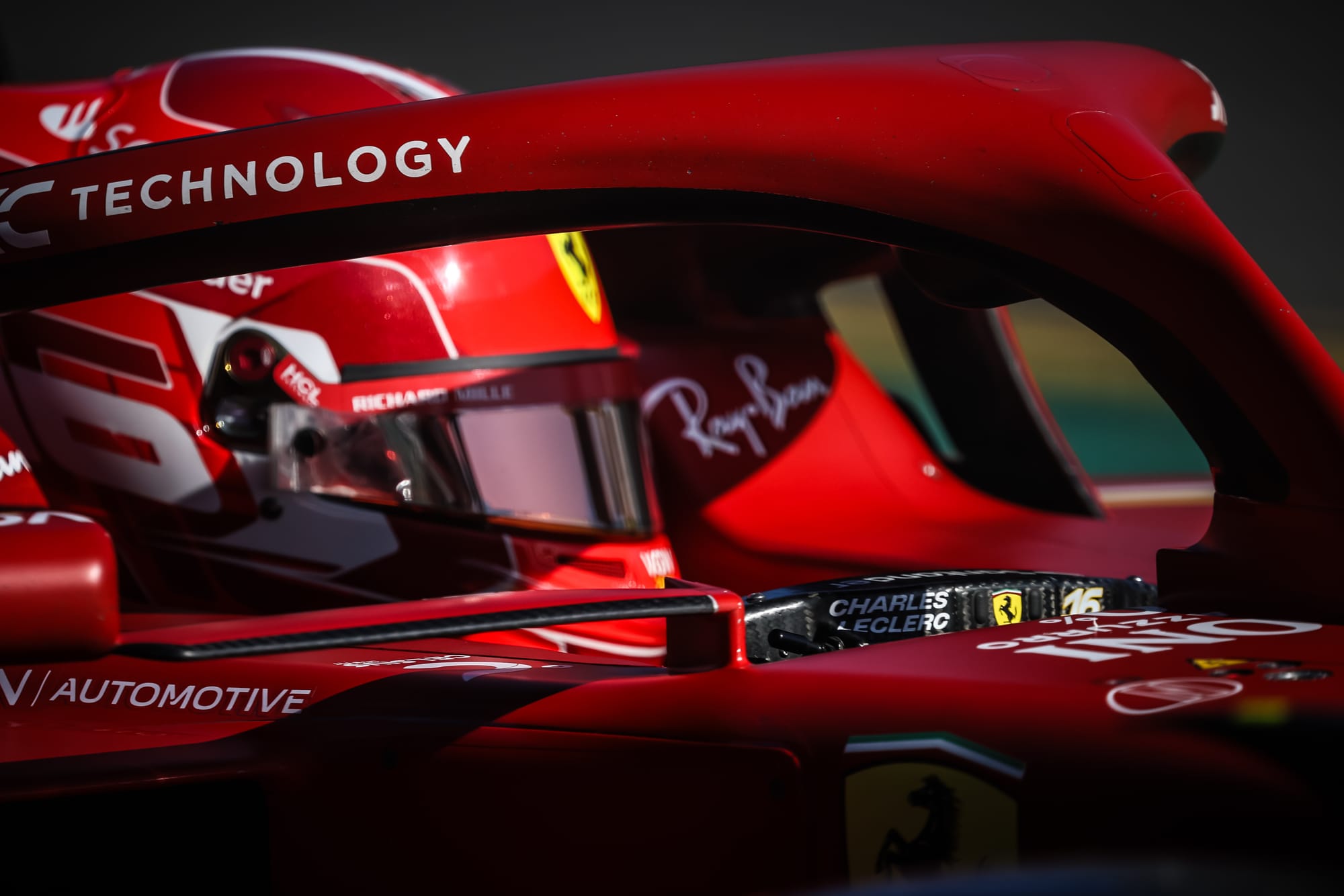
Monza Grand Prix travel guide: tips for the 2025 race weekend
This practical guide is designed for the independent traveler heading to the 2025 Italian Grand Prix. Here are the essential logistics and tips for getting to the circuit, finding accommodation, and making the most of your time in Lombardy.
How to get to the Monza circuit from Milan
The circuit is located within the Royal Park of Monza (Parco di Monza). While geographically close to Milan, planning your transport is crucial for a smooth experience.
- By Train (Highly Recommended): This is the most popular and efficient option.
- Regular trains run from Milan’s main stations (Milan Centrale, Porta Garibaldi) to Monza station.
- From the station, dedicated shuttle buses (the Black Line) transport fans directly to the park's entrance. The journey is straightforward and well-organized for the race weekend.
- By Car (Not Recommended): Driving to the circuit is strongly discouraged.
- Expect extensive road closures around the park and the town of Monza.
- Official parking is limited, often far from the circuit entrances, and requires a long walk.
Where to stay for the Italian Grand Prix
Choosing your base is a key decision. Your three main options offer very different experiences:
- Milan: The ideal base for most international travelers. It offers a vast range of hotels, world-class dining, and Milan's cultural attractions. The city's excellent public transport system makes the daily journey to the circuit manageable.
- Monza: Offers a more local, less hectic experience. Staying in Monza allows for easier access to the circuit, but accommodation is limited and books up months in advance.
- Lake Como: For a truly luxurious and scenic itinerary. Staying in the Lake Como area (approx. 40-50 km away) is a spectacular option, combining the thrill of the race with the serene beauty of the Italian lakes.
What to do around Monza and Milan
The Monza weekend can be the centerpiece of a richer cultural itinerary. Don't miss these nearby highlights:
- Explore Monza: Visit the magnificent Royal Villa of Monza (Villa Reale), a neoclassical palace, and explore the Parco di Monza, one of the largest enclosed parks in Europe.
- For more details, read our complete Monza travel guide here.
- Discover Milan: Dedicate a day to marvel at the Duomo di Milano, see Leonardo da Vinci’s "The Last Supper," and explore the luxury boutiques of the Galleria Vittorio Emanuele II.
- For more details, read our complete Milano travel guide here.
- For Car Enthusiasts: Visit the Museo Storico Alfa Romeo in nearby Arese to celebrate the history of another iconic Italian brand.
Essential tips for an unforgettable Monza weekend
- Wear comfortable shoes. You will be doing a significant amount of walking, both inside the park and to and from transport hubs.
- Bring ear protection. The sound of Formula 1 cars is incredibly loud. Quality earplugs or defenders are essential.
- Stay hydrated and pack snacks. While food and drink are available, lines can be long and prices high. Bringing a water bottle is a smart move.
- Check the weather and pack accordingly. September in Lombardy can be hot and sunny or cool and rainy. Pack layers, sunscreen, and a light rain jacket.
- Learn a few Italian phrases. Simple greetings like Buongiorno (Good morning) and Grazie (Thank you) are appreciated and enhance the cultural experience.
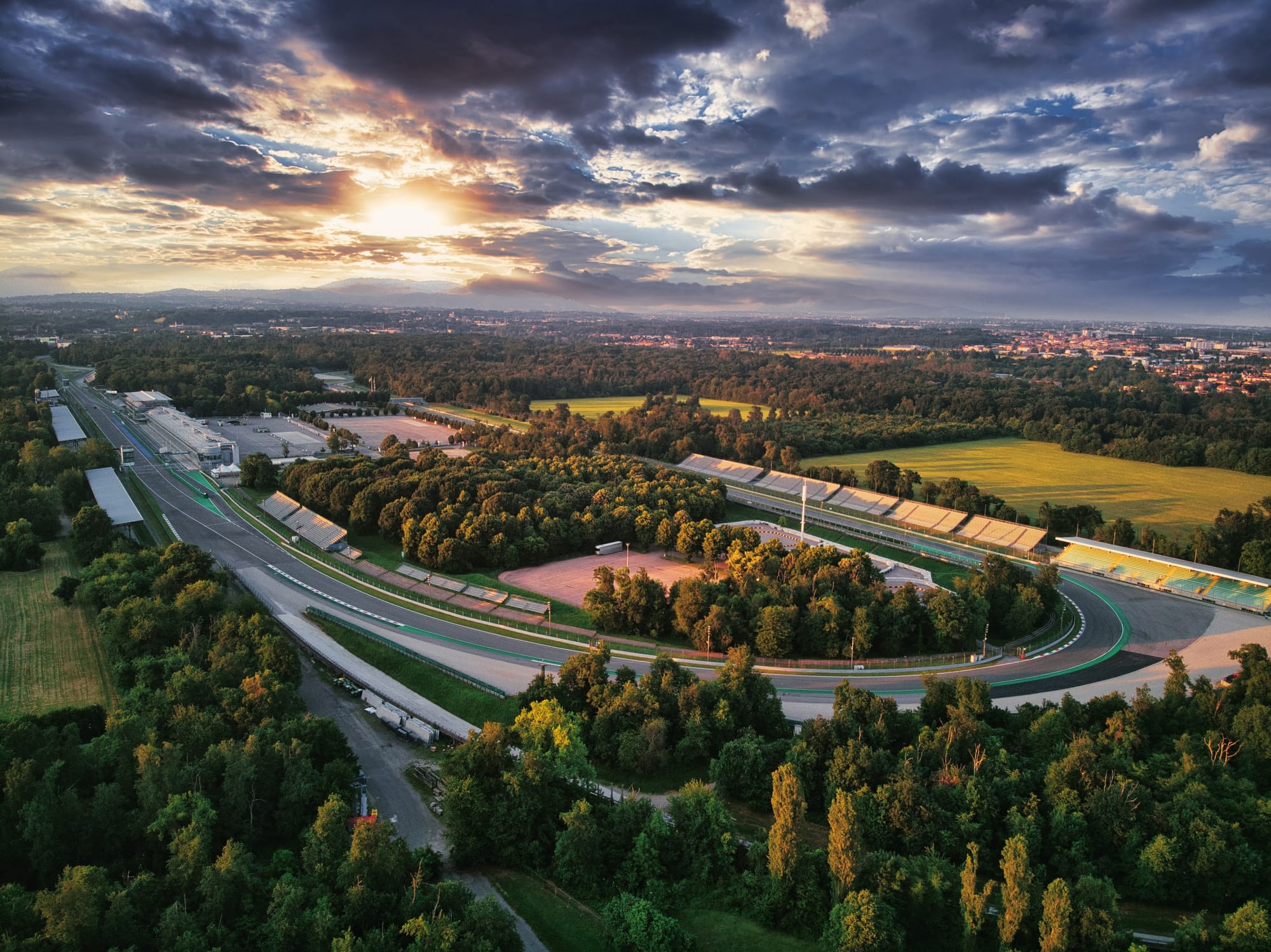
The Italian Grand Prix at Monza is more than just a race on the Formula 1 calendar; it is a pillar of the sport's identity and a living museum of motorsport. It represents an unbreakable link to a heroic past and a celebration of a passion that burns as brightly today as it did a century ago. The experience is multi-sensory: it is feeling the ground vibrate as the cars accelerate in unison, hearing the symphony of their engines echo through the old trees of the royal park, and seeing the unwavering devotion of the tifosi.
While the sea of red makes the allegiance to Ferrari clear, the tifosi are also connoisseurs of the sport, capable of appreciating and applauding a masterful drive from any champion fortunate enough to conquer this demanding track. To truly experience the Monza Grand Prix is to understand that here, speed is a language, history is a constant presence, and passion is the air one breathes. For those making the journey for the 2025 race, it is a chance to become part of that living history.
Inspired to plan your journey? Find everything you need at:
- An insider's guide to Monza
- The ultimate guide to Milan
- The ultimate guide to Lake Como
- The ultimate guide to Venice
Explore Lombardy like a local with our in-depth guides, which contain:
